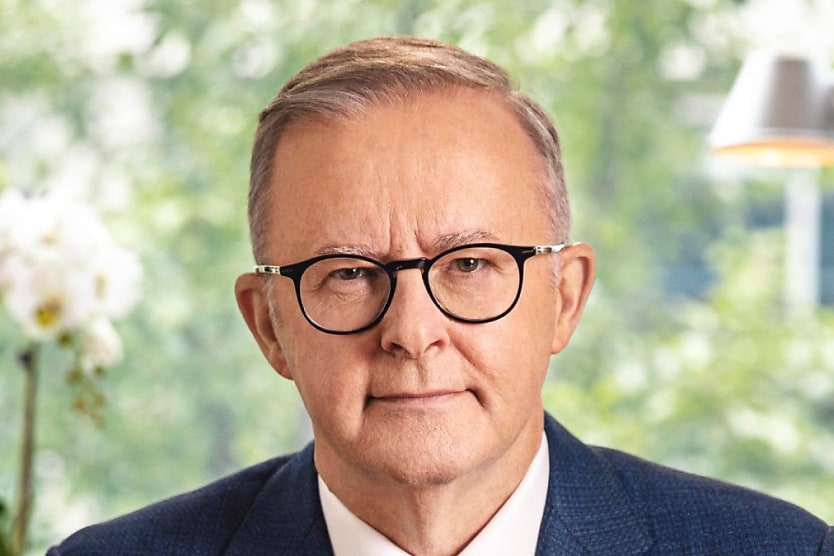Race to the top: Albanese government’s investment in clean energy technologies
SHARE THIS ARTICLE

Australia is joining the global race towards innovative energy technologies in the hopes of boosting the economy.
As of 11 April, the Albanese government plans to create a Future Made in Australia Act, with the hopes of spurring investment in clean energy technologies to secure economic opportunity and growth for Australia.
The race to the top for developing and deploying clean energy technologies is a competitive battle between the global powerhouses, but now, Australia is throwing its hat in the ring, so to speak.
Competing with the big dogs is something Australia is prepared to do, as the Prime Minister’s announcement directly acknowledges the global competition for the economic benefits offered by clean energy tech development – and the urgent need for Australia to position itself as a solid leader in this race.
“This announcement from the government recognises the urgency – and strategic imperative – to secure economic benefit from the opportunities arising from the energy transformation. This is critical for Australia to transform our expertise into products, build our sovereign capability, and secure our future prosperity,” said Science and Technology Australia’s president, Professor Sharath Sriram.
In 2024, the contest between big players China, Europe, and the US is ramping up. China, in many aspects, leads the cleantech race, yet there is still a long way to go as this space is still in the early stages of development.
“To build the economic complexity our nation needs to remain prosperous, while transitioning to a net zero future, we will have to make significant, strategic investments in R&D and innovation. And we will have to make STEM careers more attractive to secure the future workforce and leverage their talents,” stated Sriram.
RMI recently released a report focusing on four races in the clean energy space. Clean technology supply chains, solar and wind deployment, electric vehicle (EV) sales, and electrification were all highlighted in the report, with the following being the key takeaways:
- China dominates clean energy supply chains, having outspent the US and Europe tenfold in the past five years to achieve market share in manufacturing of over 90 per cent in solar and 70 per cent in batteries. However, US and European capital expenditures are set to increase 16-fold by 2025.
- Solar and wind deployment is a close contest, with all three regions accelerating up S-curves. Europe has the largest share of electricity from solar and wind.
- China is leading in the EV race, with Europe not far behind. Over one-third of Chinese car sales are already electric, and this is likely to rise to 90 per cent by the end of the decade.
- China has leapfrogged in electrification to become the first major electrostate. Over the past decade, China has increased the electricity share of final energy by 1 percentage point every year to a level of 27 per cent in 2022, more than 5 percentage points higher than the US and Europe, which have remained static. The main driver has been the electrification of Chinese industry, which has already driven a 2014 global peak in industrial demand for fossil fuel energy.
If Australia intends to catch up with the likes of China, then investment must be constant. To be an innovative nation, putting quality investment into research and development (R&D) should be made a priority. However, over the last decade, spending on R&D has reportedly decreased well below international competitors.
Bucking this trend is clearly part of the Albanese government’s agenda. It sees the importance of getting into the clean energy race, as the economic benefits can be monumental. The difficulty will be be creating the policy framework to ensure that all the moving parts are aligned with innovation.
Kace O'Neill
Kace O'Neill is a Graduate Journalist for HR Leader. Kace studied Media Communications and Maori studies at the University of Otago, he has a passion for sports and storytelling.

